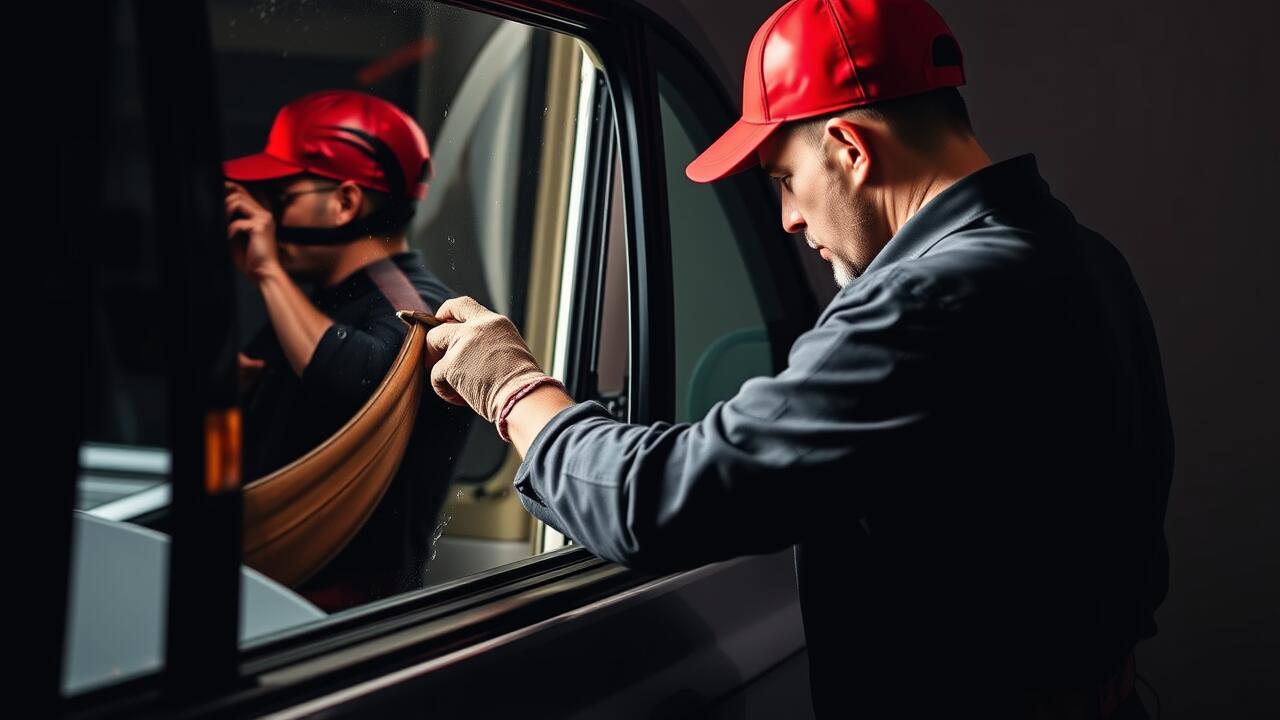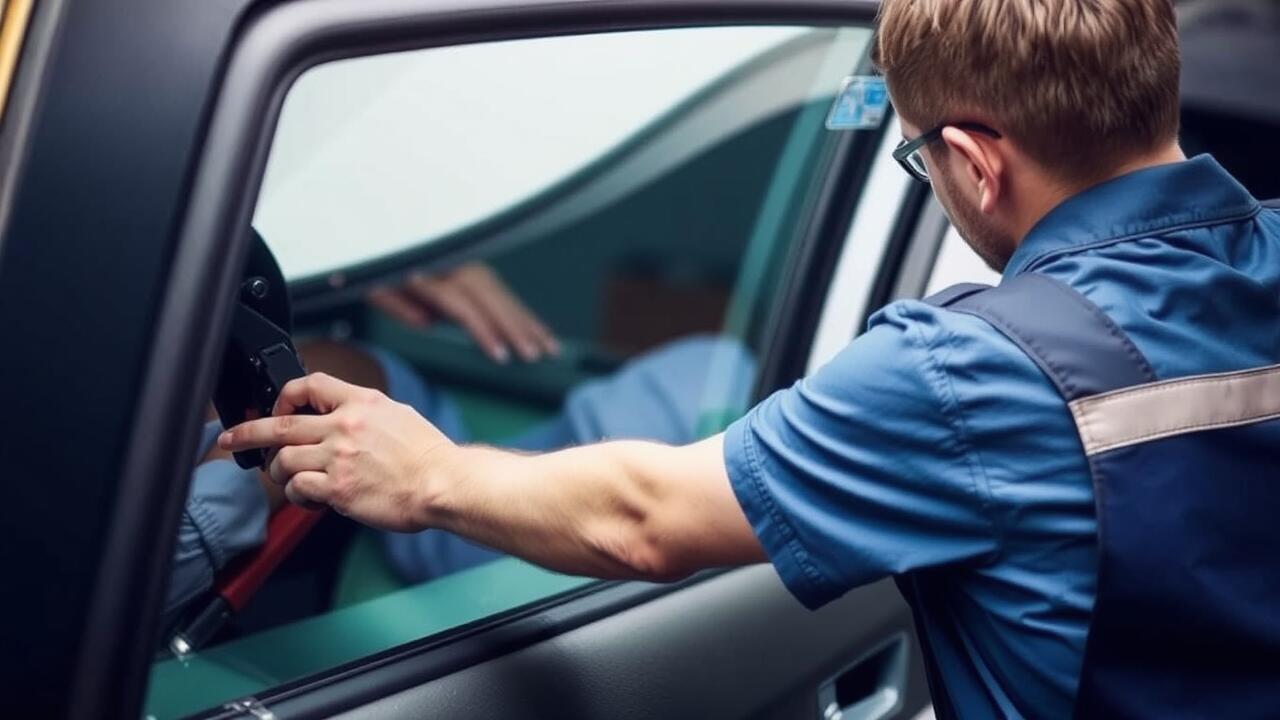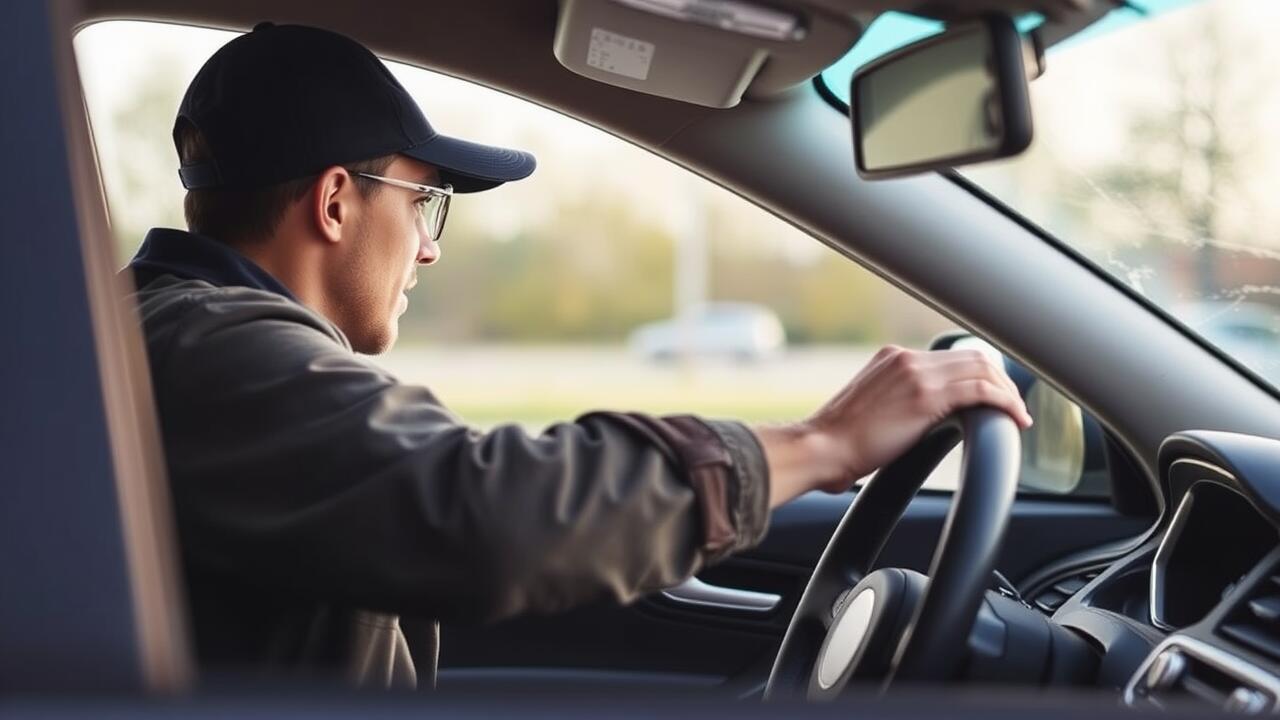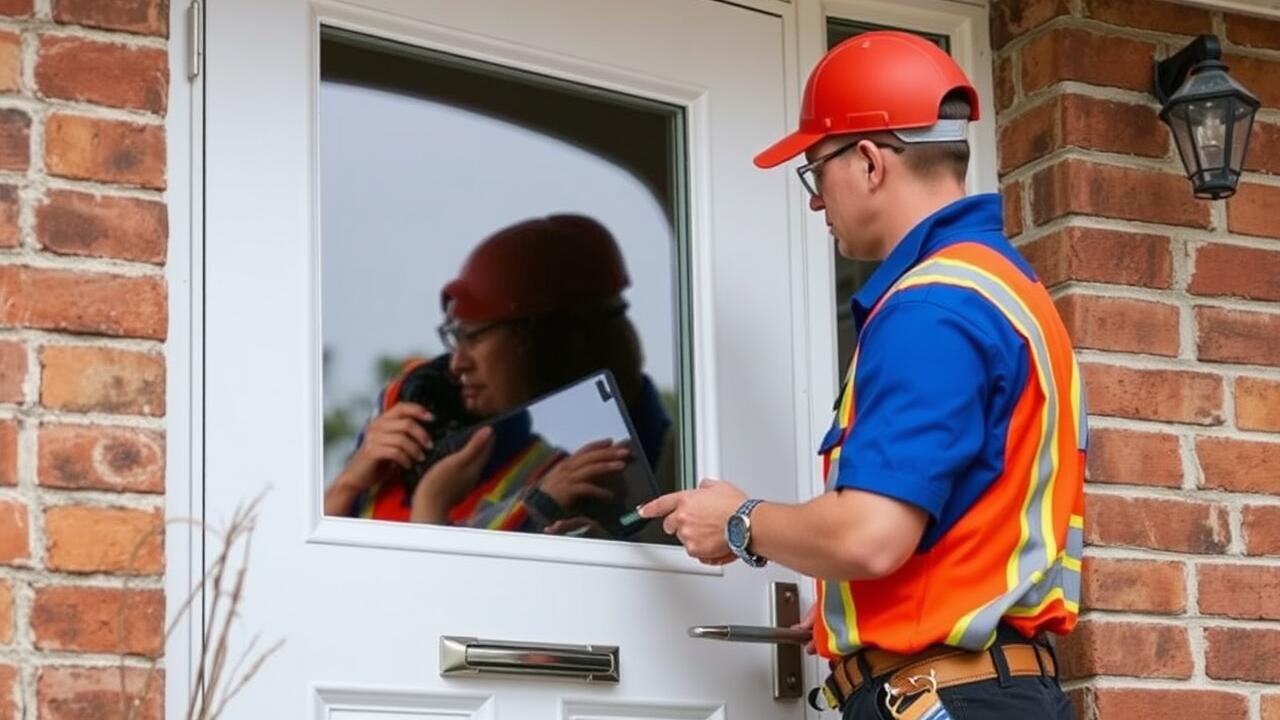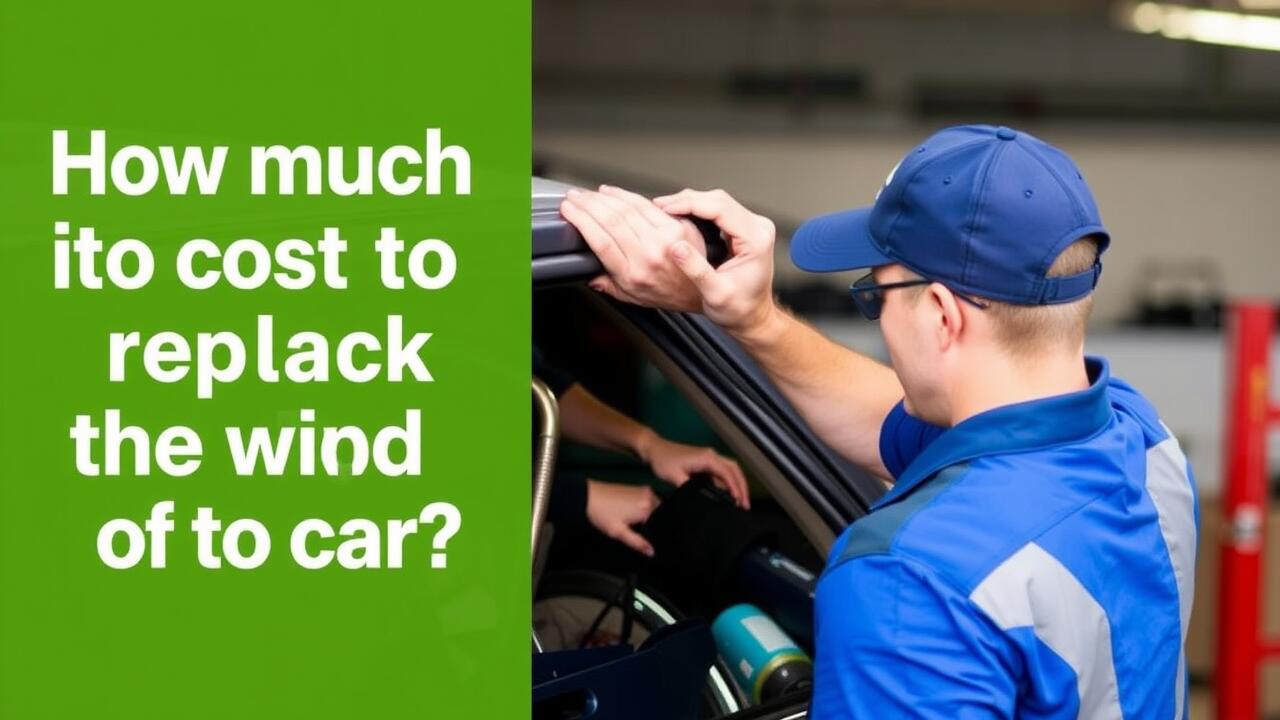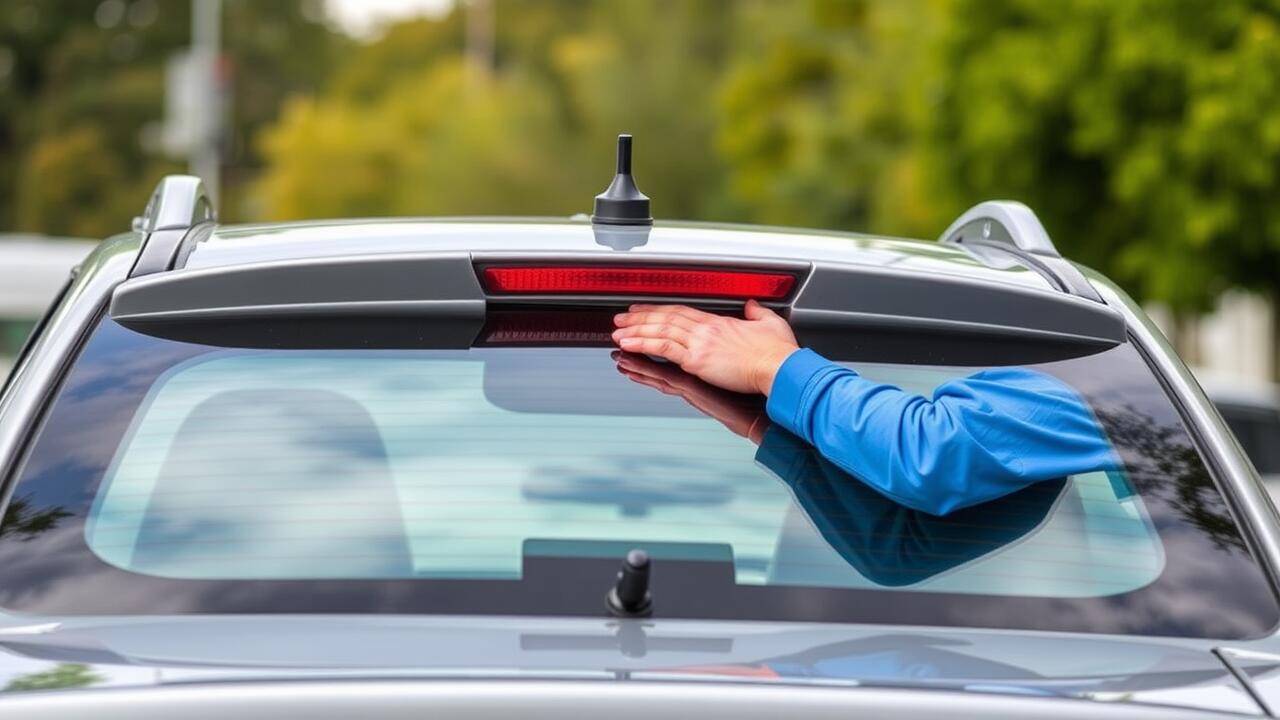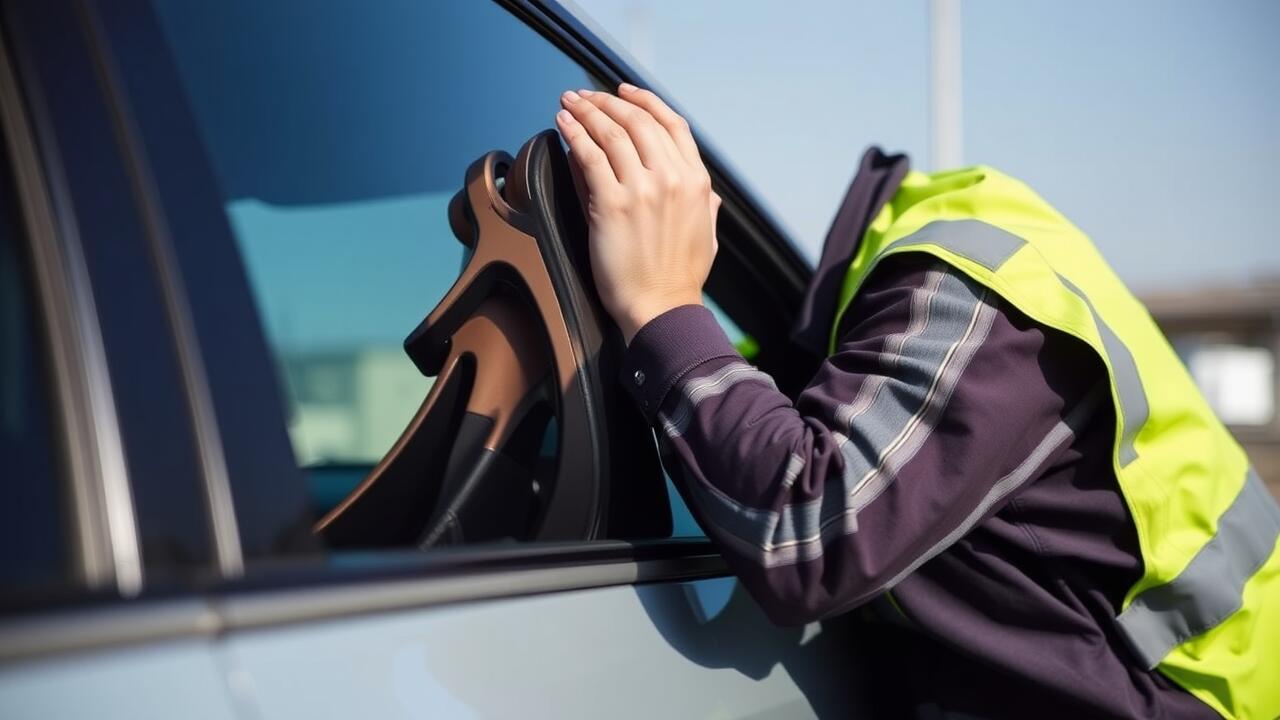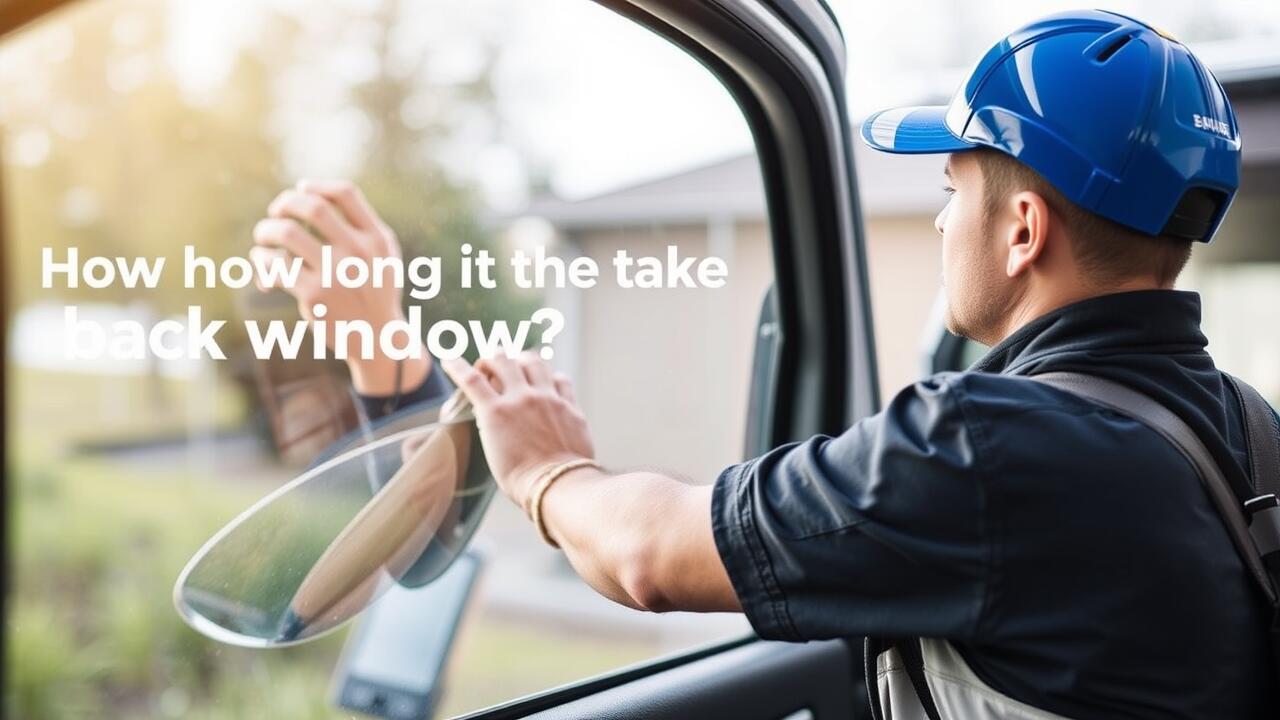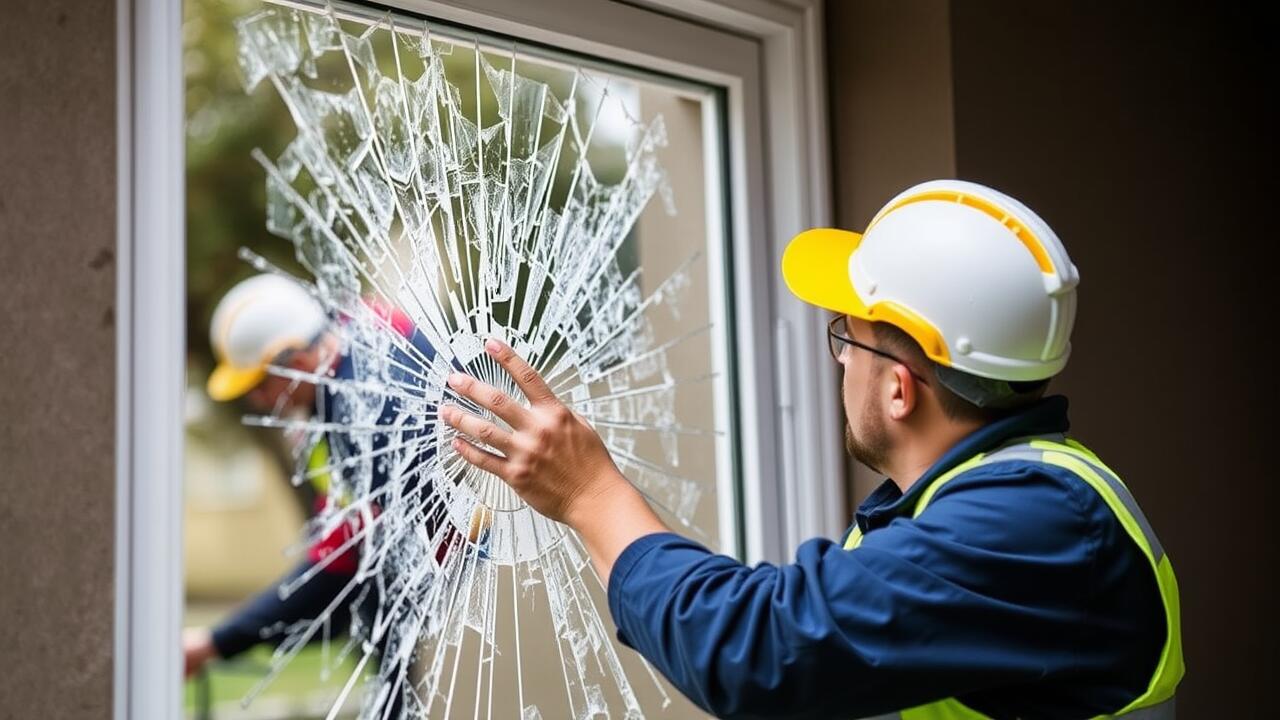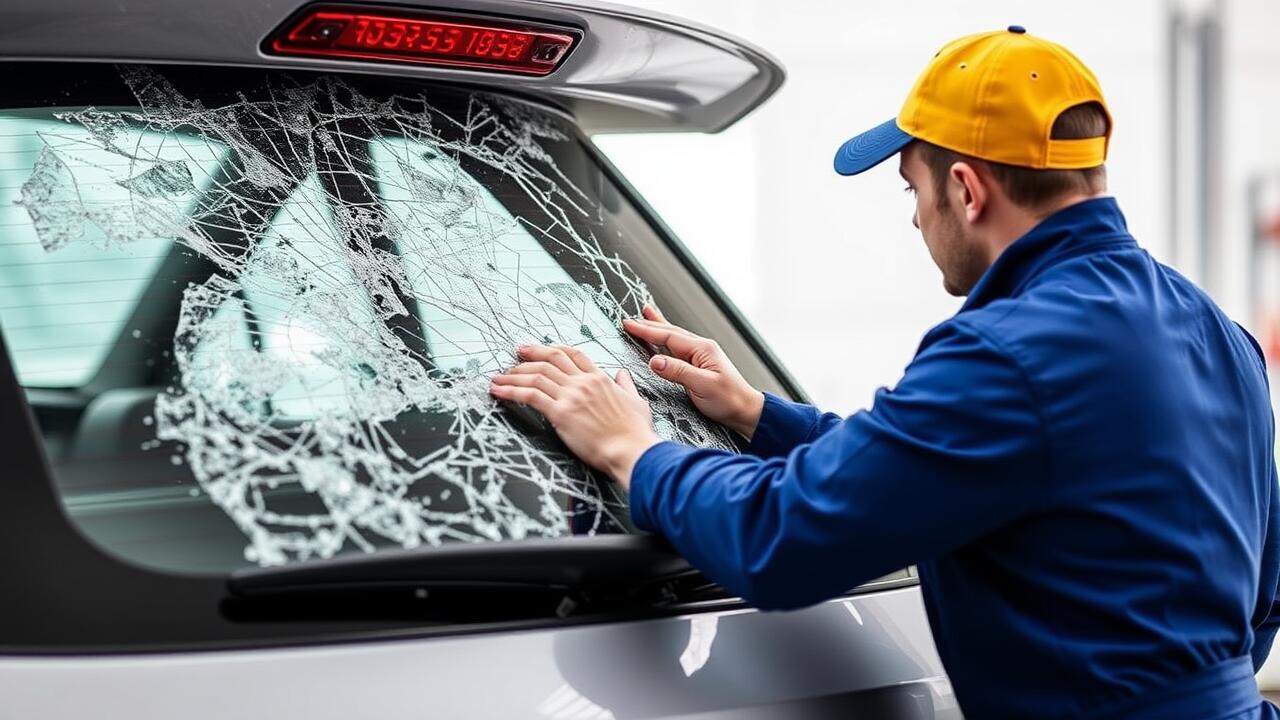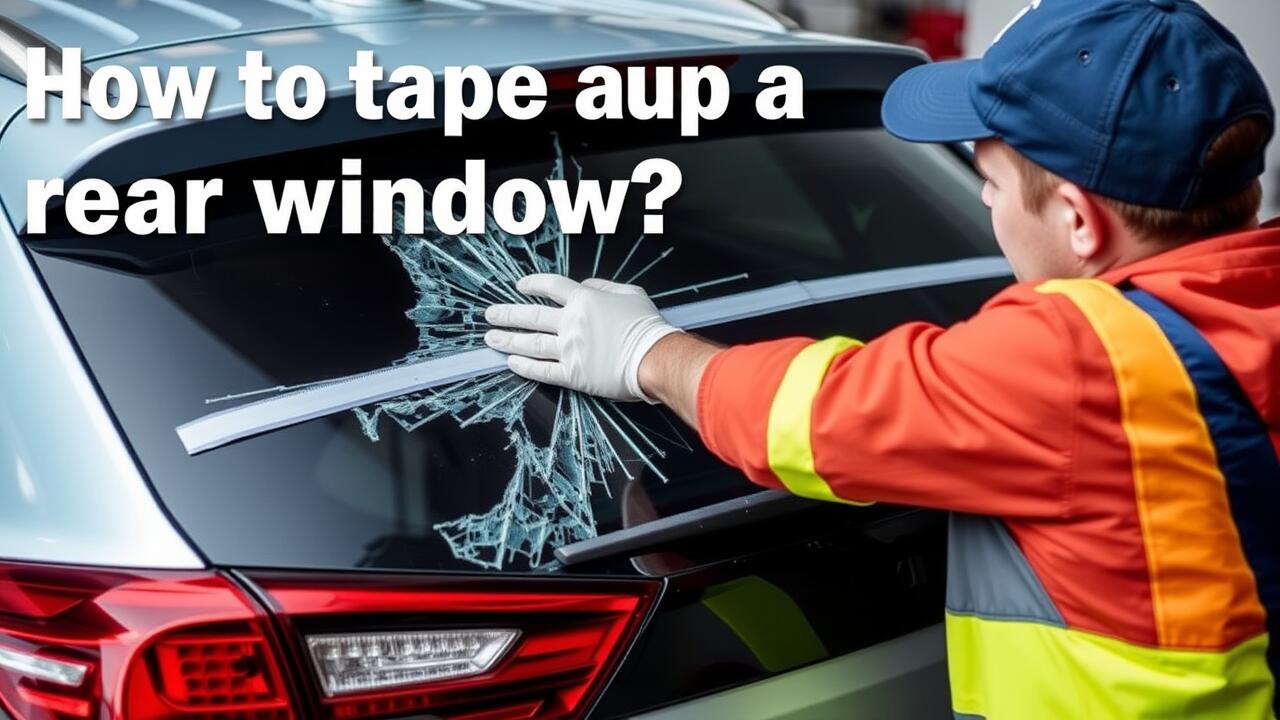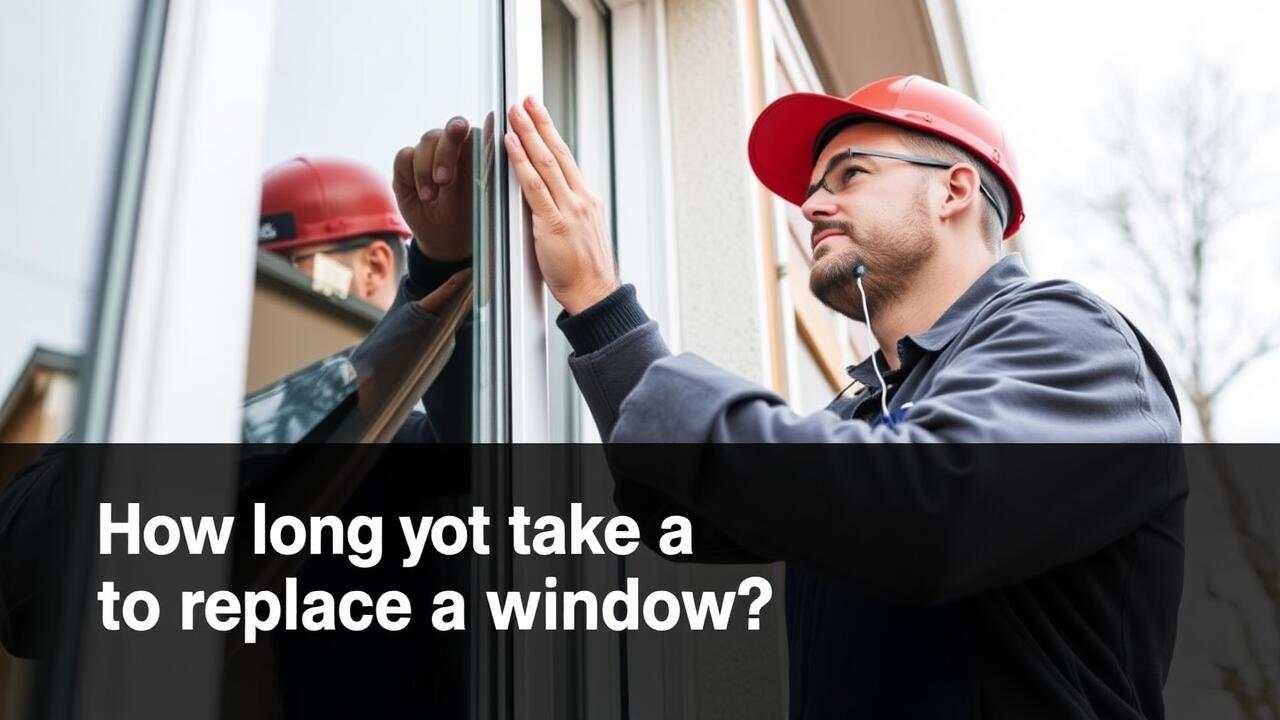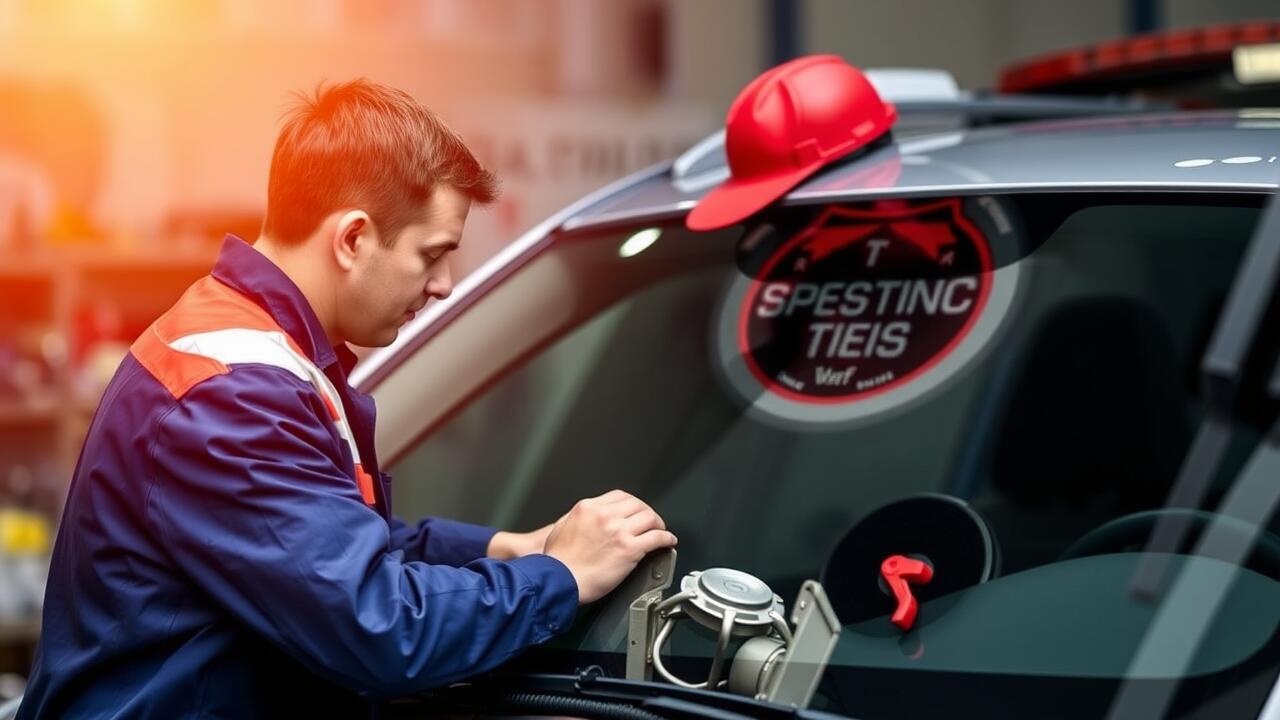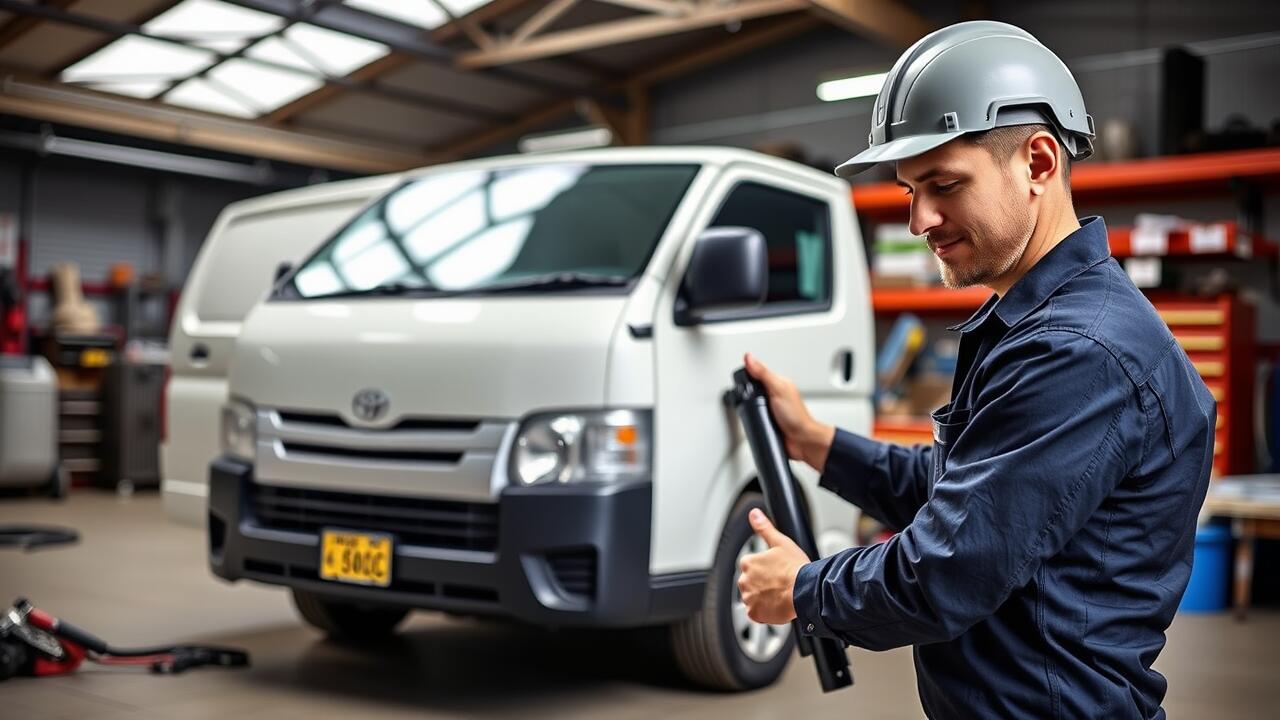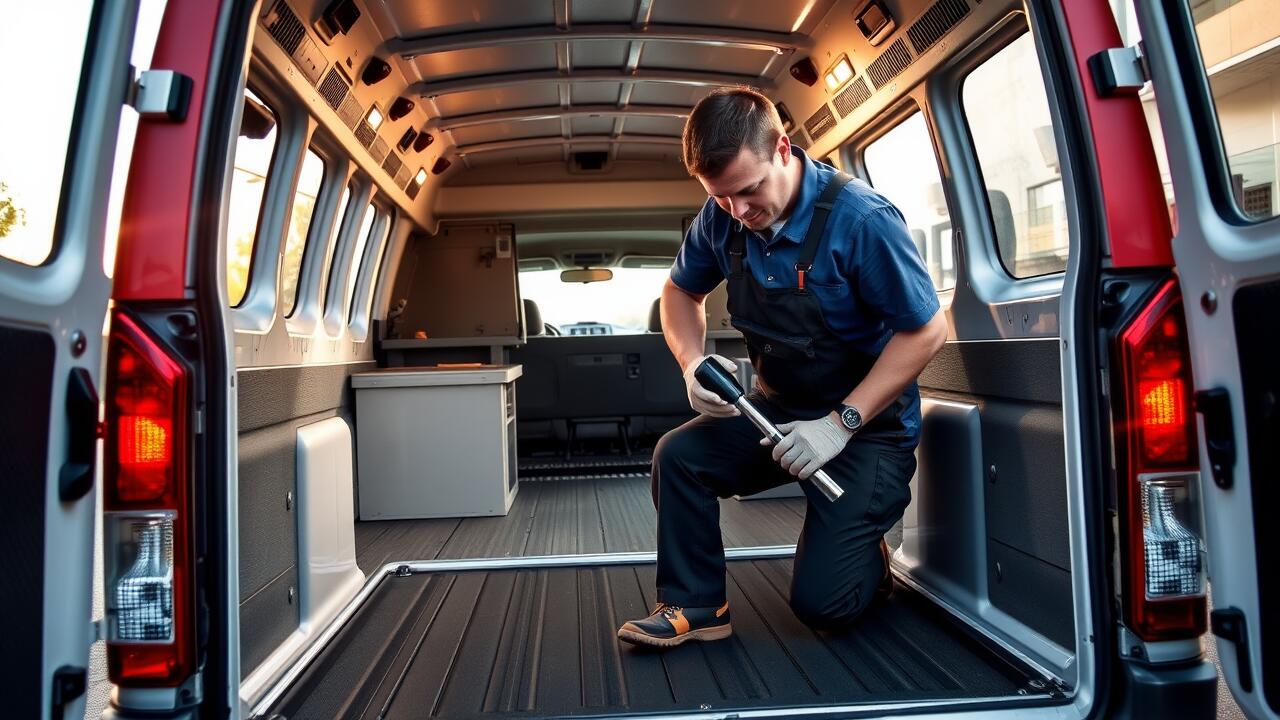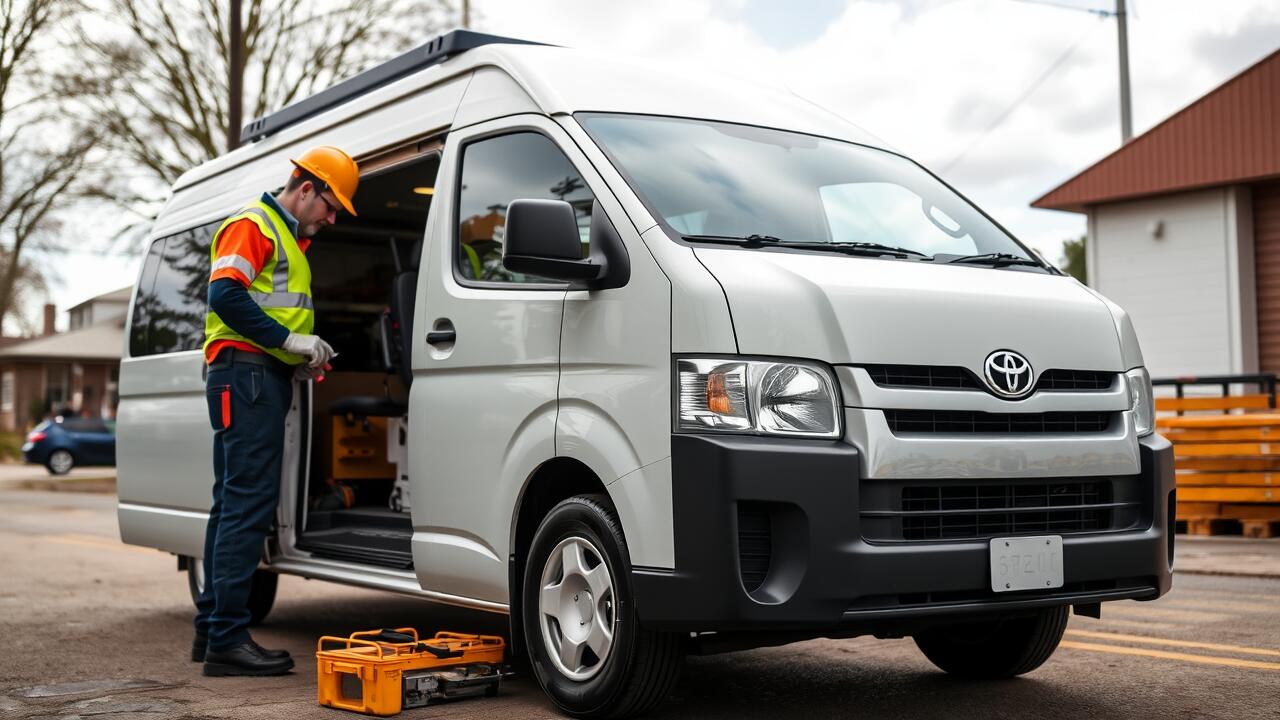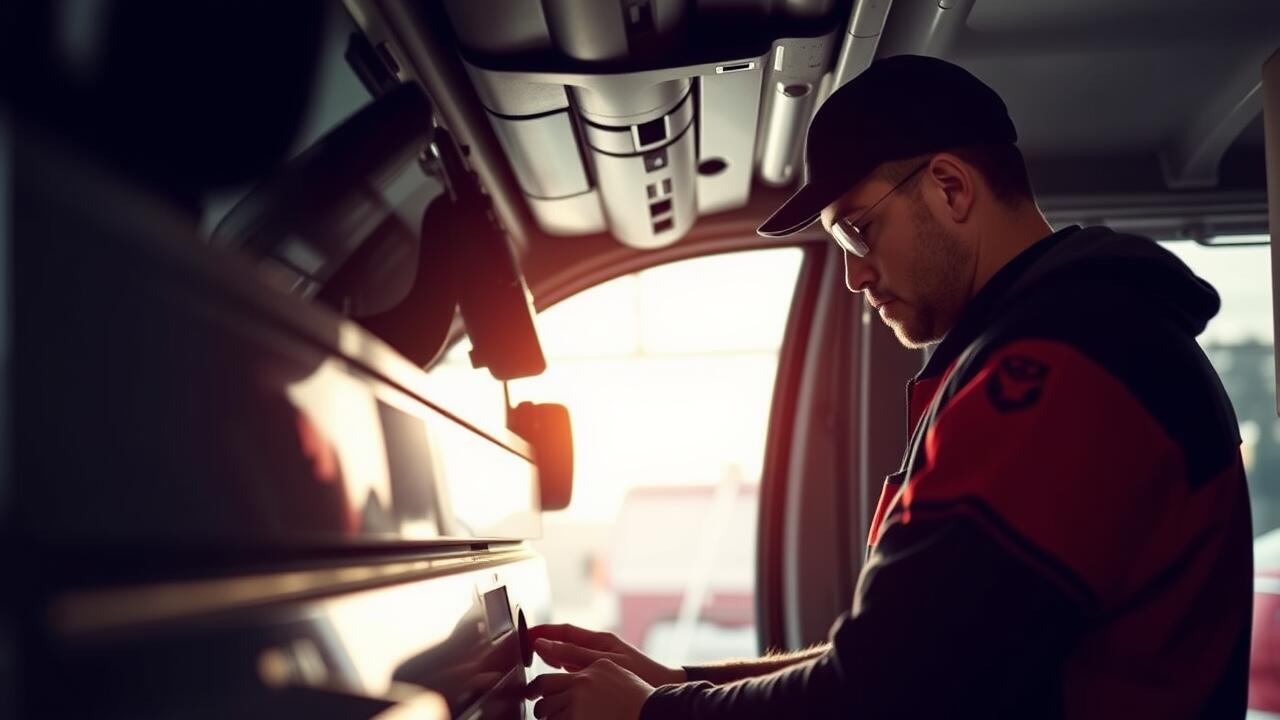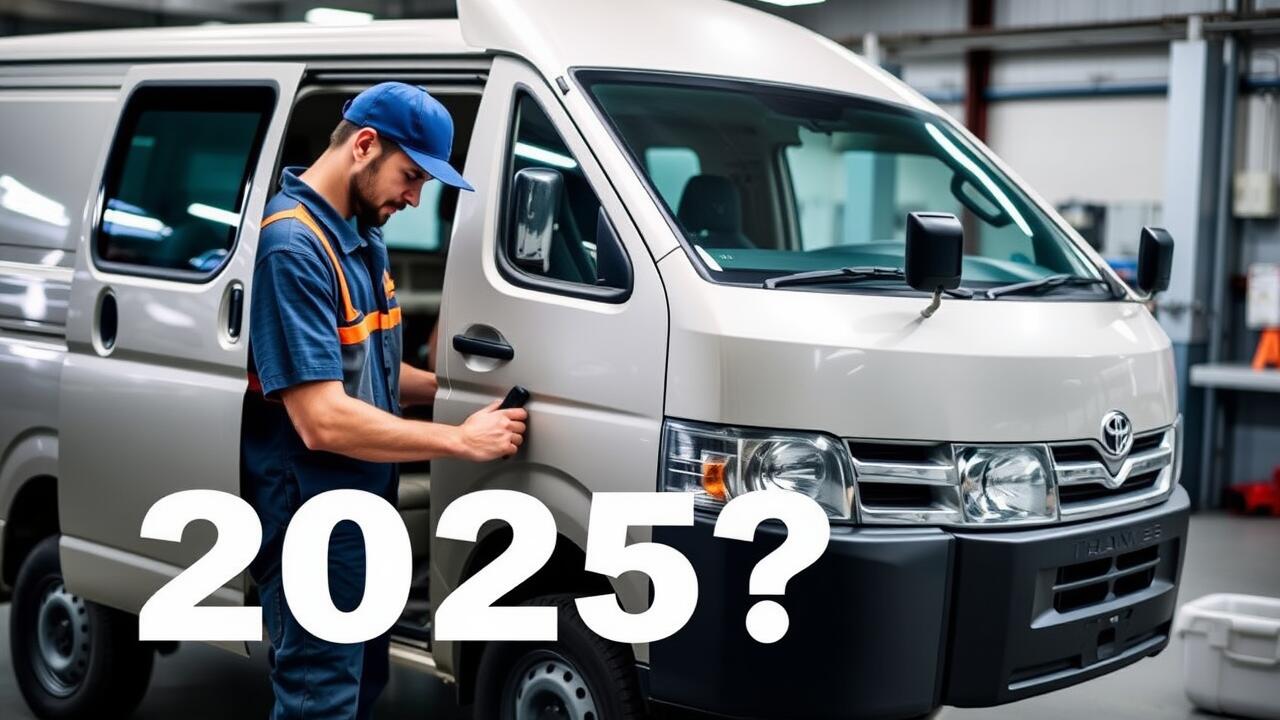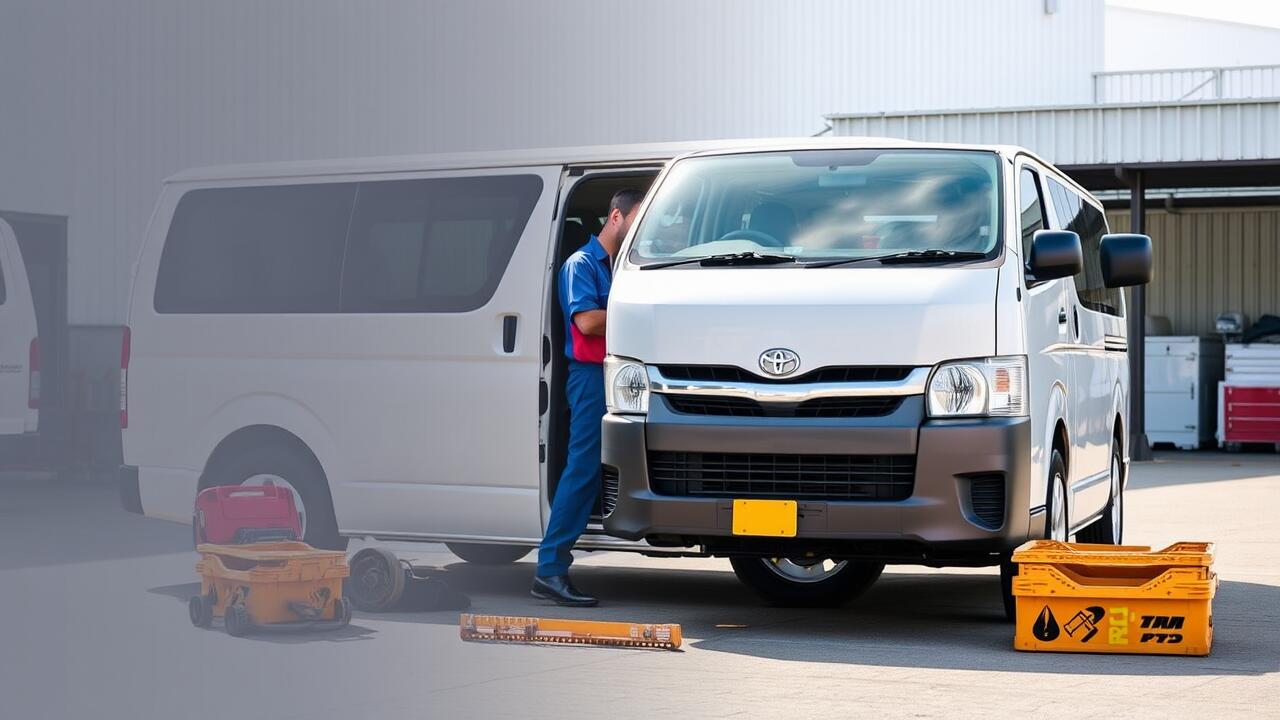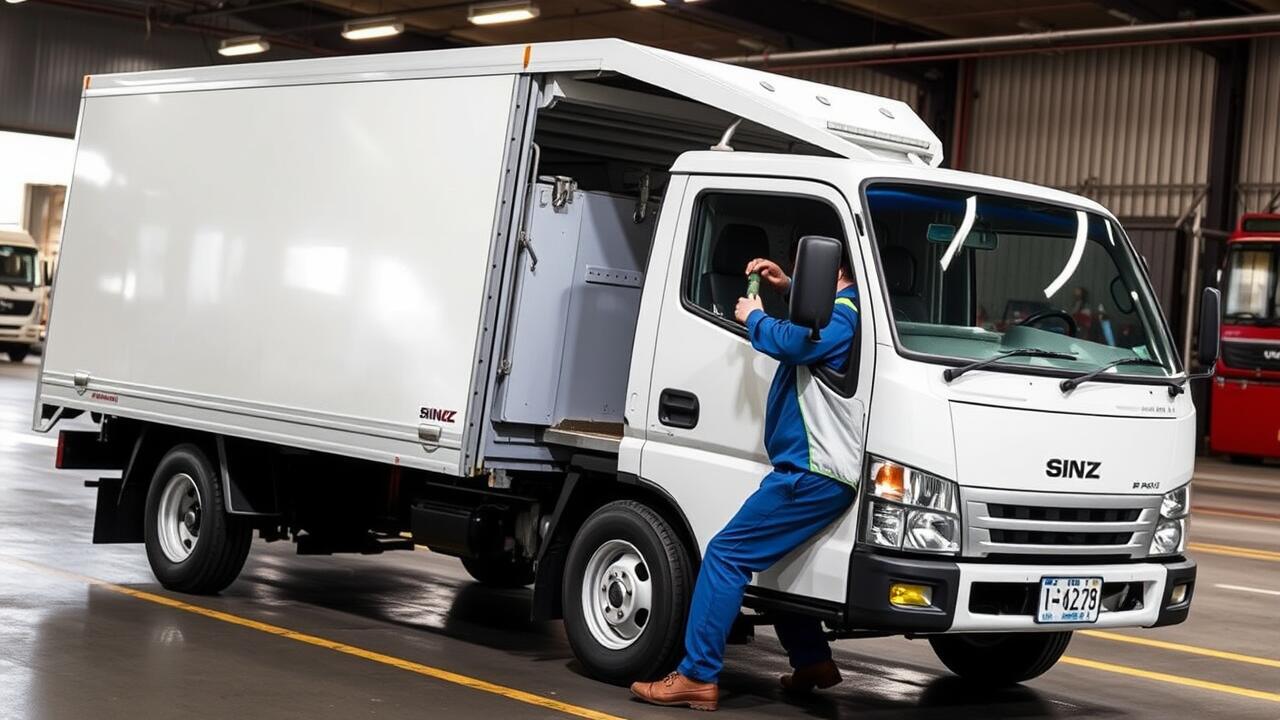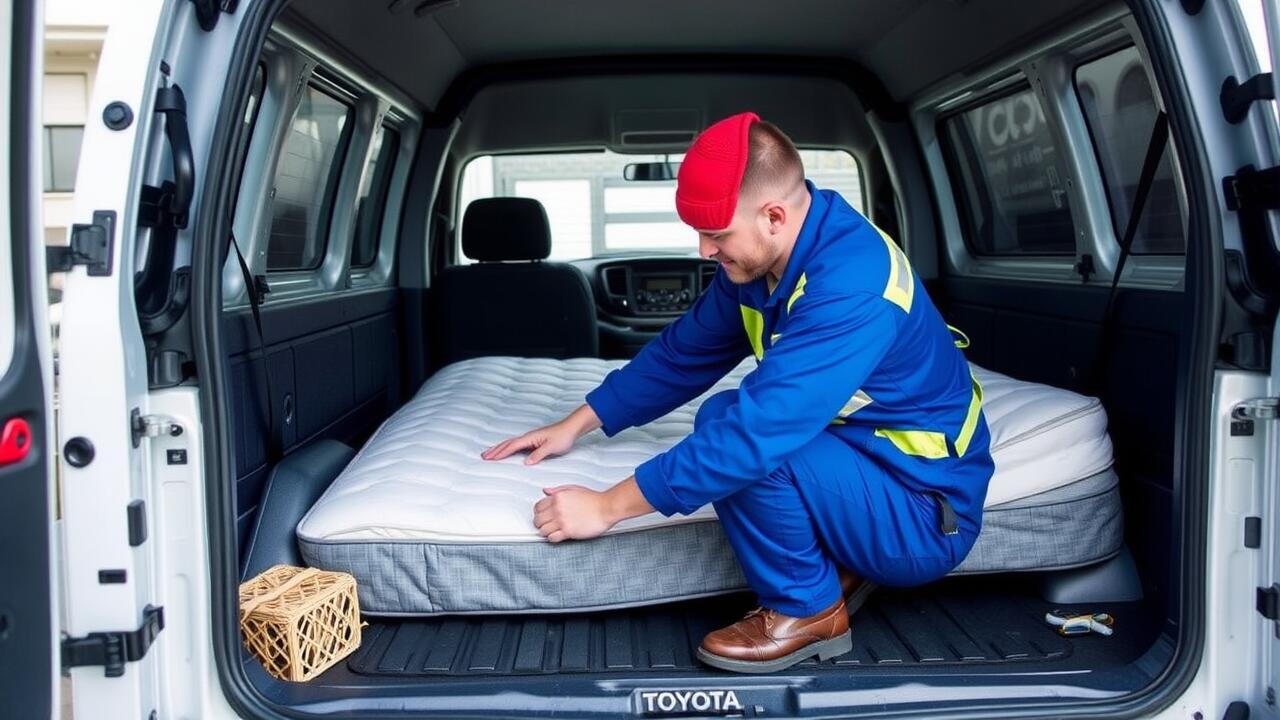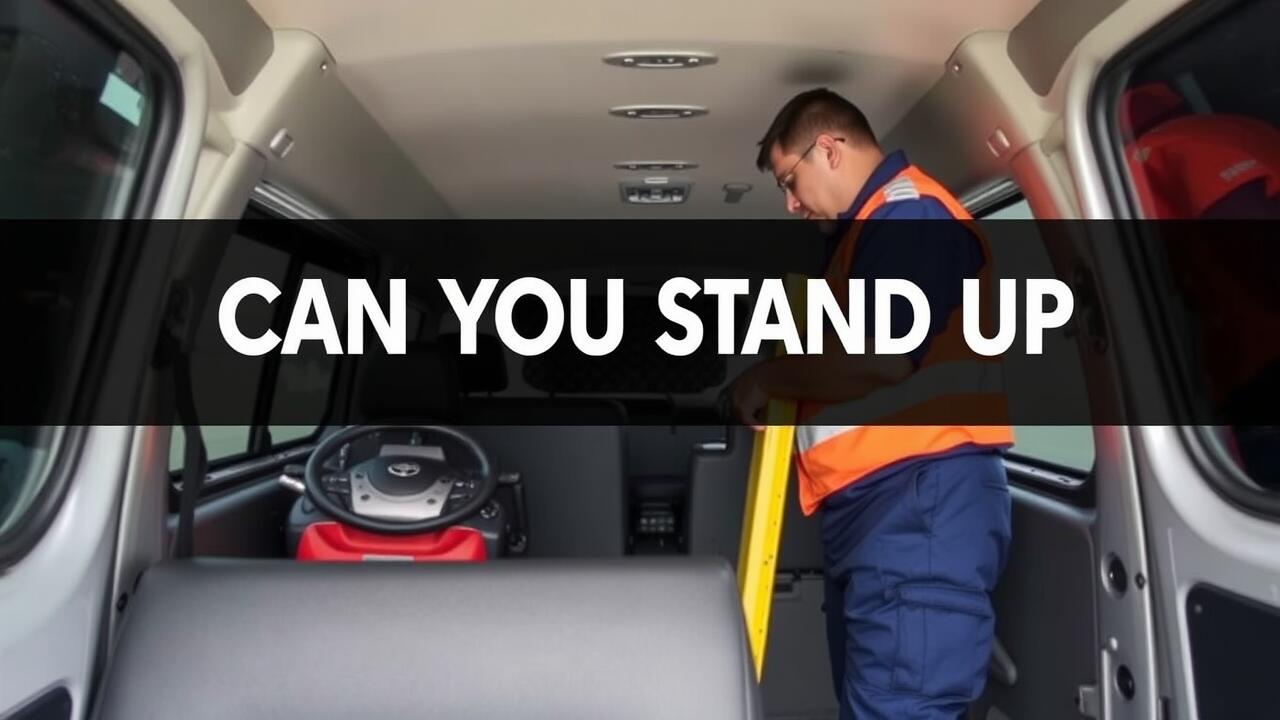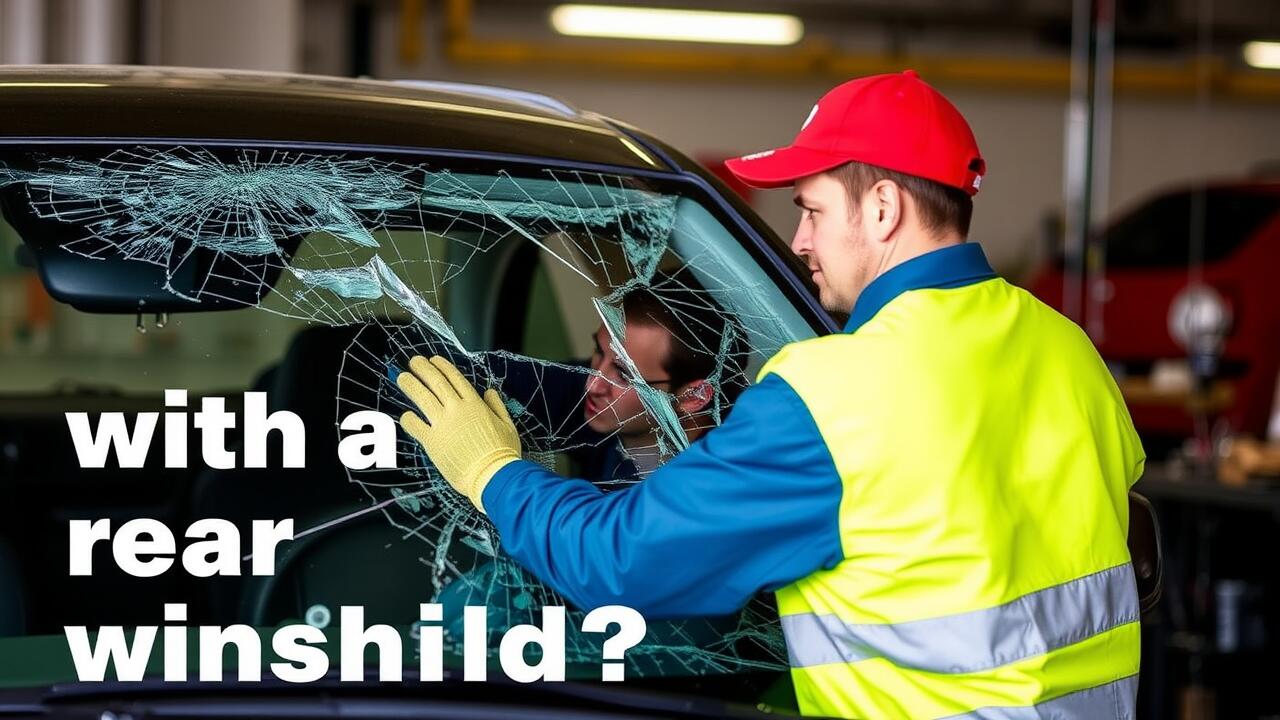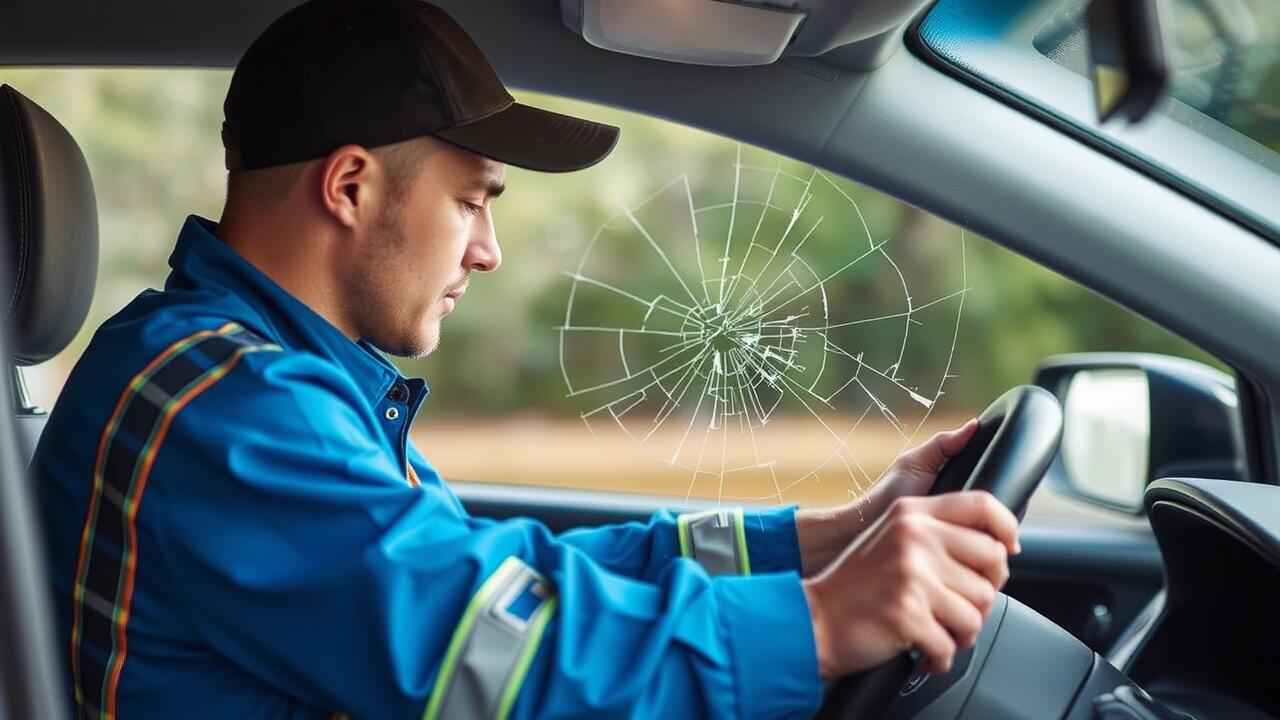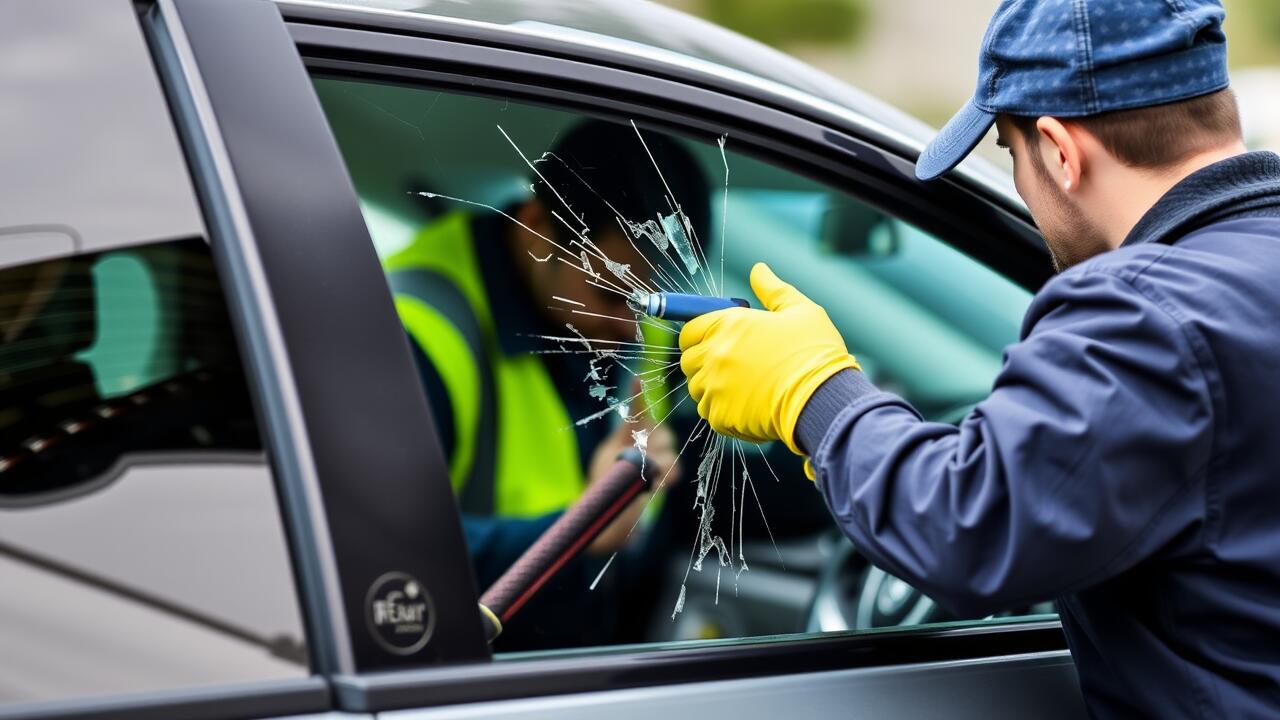
Table Of Contents
Utilizing Cardboard for Structure
When dealing with a broken car window, utilizing cardboard can serve as a temporary solution until a rear window replacement is feasible. Choose a sturdy piece of cardboard that can withstand external conditions. It should be large enough to cover the entire broken area, preventing debris and moisture from entering the vehicle. Cardboard is an accessible material, often available at home or nearby stores, making it a practical choice for emergency repairs.
After securing a suitable piece of cardboard, cut it to the exact size needed. Ensure it fits snugly into the window frame to minimize movement while driving. While this is a temporary fix, it's crucial to prioritize safety and stability. The cardboard should not obstruct the driver's view. A well-fitted and secure cardboard will provide basic protection until you can arrange for a proper rear window replacement.
Cutting and Fitting the Cardboard
To effectively cut and fit cardboard for a temporary back car window fix, it helps to begin with a piece large enough to cover the entire opening. Measure the dimensions of the window frame accurately. Using a sharp utility knife, carefully cut the cardboard to shape, allowing for a slight overlap on each edge to ensure it fits snugly against the frame. This overlap will provide additional support and help keep the cardboard stable during installation.
Once the cardboard is cut to the correct size, position it against the frame and assess its fit. Adjust any areas as needed to achieve a tight seal. It’s important to secure the cardboard properly to prevent it from dislodging while driving. Adhesive tape can serve as a temporary measure, but keep in mind that this solution will not act as a permanent fix. For those who are considering future repairs, remember that rear window replacement might be the best long-term solution for restoring the vehicle's integrity.
Securing the Temporary Fix
After fitting the cardboard into the frame of the broken back window, it's essential to secure the temporary fix effectively to prevent it from shifting while driving. Use strong adhesive tape, such as duct tape, to fasten the edges of the cardboard. Ensure that the tape is firmly pressed down to create a tight seal against the vehicle. This method helps block out debris and wind, providing a more comfortable ride until a permanent solution can be implemented, such as a rear window replacement.
Consider adding additional layers of cardboard for heightened stability. Reinforcing the structure can minimize vibrations and strengthen the overall integrity of the patch. While this is a temporary measure, it should hold well enough for short trips. However, drivers should remain aware that this fix is not a substitute for professional repairs, and seeking a permanent rear window replacement should remain a priority.
Ensuring Stability and Safety
Ensuring stability is crucial when using cardboard to temporarily cover a broken back car window. It is essential to choose thick, sturdy cardboard that can withstand various weather conditions and potential impacts during travel. The edges of the cardboard should fit snugly against the window frame to prevent movement. Properly sealing the edges with duct tape will provide additional reinforcement against wind and rain while driving.
Safety should always be a top priority. Ensure that the temporary fix does not obstruct the driver's view in any way, as visibility is critical for safe driving. If you find that the cardboard begins to weaken or shift, consider pulling over and reassessing the situation. Remember, this is a temporary solution until you can schedule a professional rear window replacement. Keeping an eye on the makeshift window during your journey ensures safer driving conditions.
Driving Precautions
Driving with a broken back window can be risky. Wind and debris might enter the car while driving, which can be distracting and uncomfortable. If the window is significantly damaged, visibility could also be compromised. Consider minimizing the speed and avoiding highways if possible. This strategy can help maintain better control of the vehicle and reduce the impact of wind turbulence.
In addition to adjusting your driving habits, it's important to stay vigilant about the weather. If rain or snow is in the forecast, the temporary fix may not hold up well. Keeping a towel or some plastic inside the car can help shield the opening from moisture. Ultimately, prompt action like scheduling a Rear Window Replacement is essential to restore the vehicle's safety and integrity.
Tips for Safe Travel with a Broken Window
When traveling with a broken rear window, it’s crucial to stay aware of your surroundings. Wind can create noise that may distract you, making it harder to hear other vehicles or pedestrians. Keep the volume of your music low to ensure that you remain alert. Additionally, avoid driving in heavy rain or strong winds, as these conditions can exacerbate any issues caused by the lack of a proper window.
Ensure that any temporary fixes, like cardboard, are securely in place before hitting the road. Loose items can become flying debris in an accident, posing a danger to you and others. If possible, plan your route to minimize exposure to high-speed roads until you can arrange for a professional rear window replacement. This approach not only enhances your safety but also protects your vehicle from potential weather damage.
FAQS
What materials do I need to temporarily fix a broken back car window?
You will primarily need cardboard, duct tape or strong adhesive tape, scissors or a utility knife, and possibly a ruler or measuring tape for accurate fitting.
How do I cut the cardboard to fit the window?
Measure the dimensions of the window opening, then transfer those measurements onto the cardboard. Use scissors or a utility knife to carefully cut the cardboard to size.
How can I secure the cardboard to prevent it from falling out?
Use duct tape to secure the cardboard firmly to the window frame. Make sure to wrap the tape around the edges and press down to ensure a tight fit.
Are there any safety considerations to keep in mind while driving with a temporary fix?
Yes, ensure that the cardboard is securely fastened and that it doesn’t obstruct your view. Drive cautiously and avoid high speeds to minimize risks.
How long can I expect a temporary fix to last?
A temporary fix can last for a few days to a couple of weeks, depending on weather conditions and how well the cardboard is secured. However, it’s advisable to get a permanent replacement as soon as possible.
